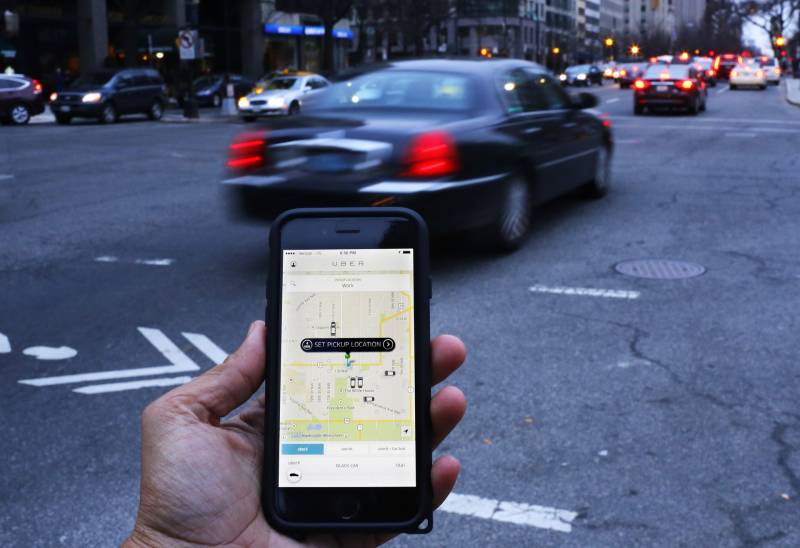Ride-hailing companies Uber and Lyft are transforming urban transportation and eclipsing competitors with convenient, on-demand service. But that convenience carries a distinct climate cost as ride-hailing vehicles emit nearly 70% more carbon dioxide on average than the other forms of transportation they displace, according to a new report by the Union of Concerned Scientists.
The report, released Tuesday, zeroes in on a little-known aspect of ride hailing known as “deadheading”— the miles a vehicle travels without a passenger between hired rides — that is responsible for much of the emissions and increased congestion. It also highlights policies that could significantly reduce emissions from the rides.
“While ride-hailing trips today are higher emitting than other types of trips, we were encouraged by the fact that they can be significantly lower polluting with efforts to electrify and pool rides,” said Don Anair, research director of the Union of Concerned Scientists’ Clean Transportation Program and an author of the report. “The outlook could be positive with some concrete steps by the companies to move forward, as well as policymakers to support that.”
The report, an analysis of previously released data from ride-hailing companies and a synthesis of prior academic studies, first compared the average emissions per trip-mile of private passenger vehicles to those of ride sharing vehicles across seven major U.S. cities. While ride-hailing vehicles were typically newer and more efficient than the average private vehicle, they had significantly higher associated emissions due to deadheading. Approximately 42% of the miles driven by ride-hailing vehicles were miles traveled between hired rides with only the driver in the vehicle.
When ride-hailing trips are pooled, simultaneously transporting two or more unrelated passengers headed in the same direction, emissions from ride sharing were roughly equivalent to private vehicles. Electric ride-hailing vehicles had significantly lower emissions than the average private vehicle, emissions that dropped even further when rides were shared.
